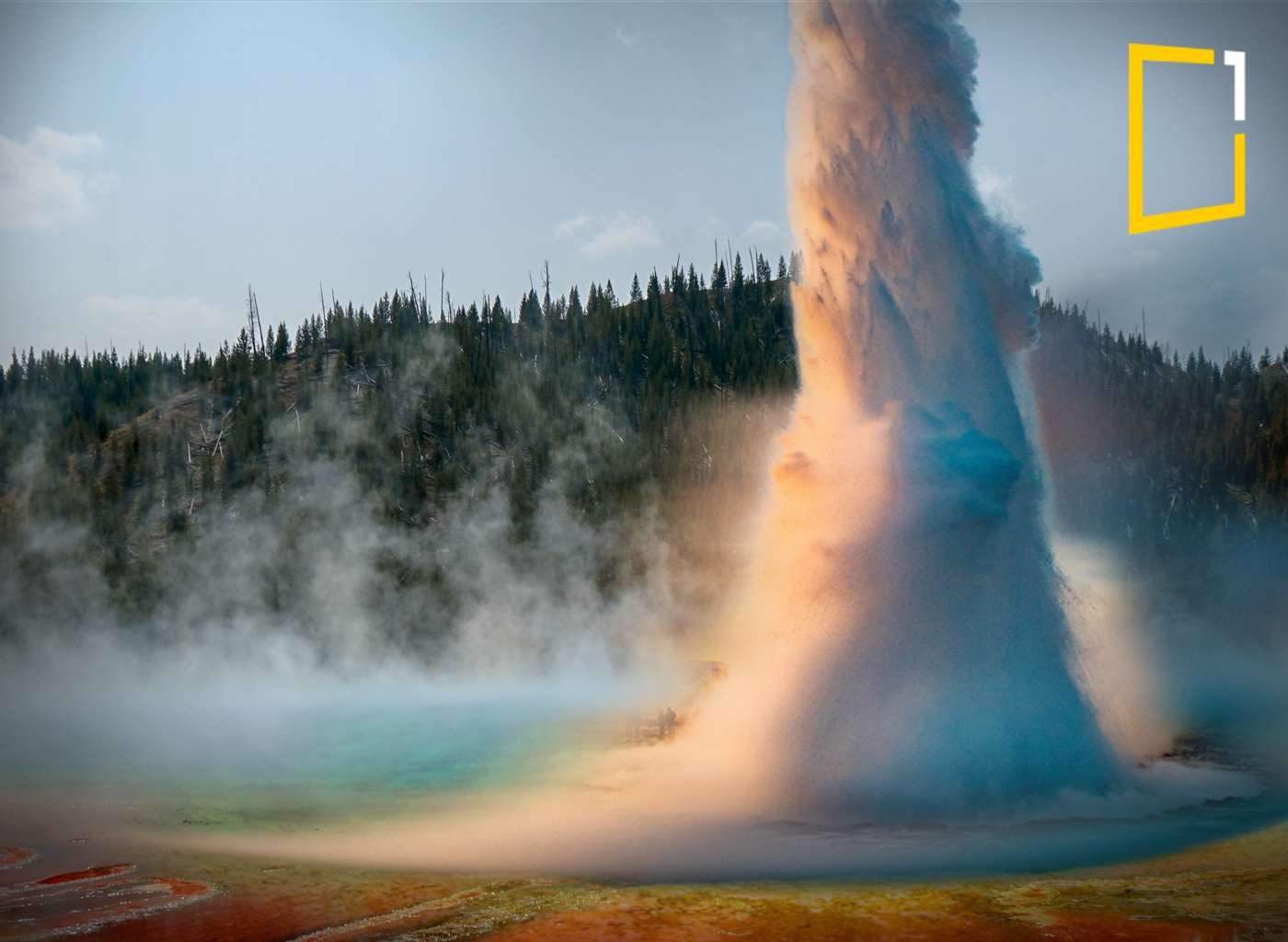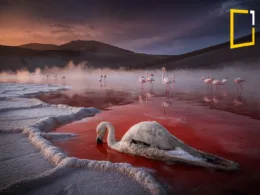Geysers are among the most beautiful natural features on the planet, enthralling humans for centuries with their spectacular eruptions. This article will delve into the fascinating world of geysers, from how they work to their vital role in the ecosystem and even their potential as a clean and renewable energy source.
The World’s Most Famous Geysers: Yellowstone National Park
Yellowstone National Park is home to approximately 300 geysers, the best famous of which being Old Faithful. This incredible geyser erupts every 90 minutes and can hurl water up to 180 feet in the air. But how do geysers work?
How Do Geysers Work? The Science Behind the Spectacle
Geysers are powered by heat and pressure from water and gases beneath the earth’s surface. When the water heats up, it expands and pressure rises until it ultimately explodes from the ground in a stunning show of steam and boiling water. The height and frequency of a geyser’s eruptions are determined by various elements, including the volume of water in the subsurface reservoir, the temperature of the water, and the size and shape of the geyser.
The Function and Importance of Geysers in Nature
Geysers as Indicators of Geothermal Activity
Geysers serve as valuable indicators of geothermal activity and the presence of underground volcanic systems. The existence of geysers suggests the proximity of volcanic activity and provides insights into the geological processes occurring deep within the Earth. Scientists closely monitor geysers to better understand the dynamics of geothermal systems and gain valuable information about the underlying volcanic activity.
Regulating Underground Water Pressure
One of the essential functions of geysers is their ability to regulate the underground water table by releasing built-up pressure. The water stored in underground reservoirs can accumulate heat and pressure over time. Without periodic eruptions, this pressure could lead to catastrophic events such as volcanic eruptions or explosive releases of steam. Geysers act as natural pressure valves, allowing the controlled release of accumulated energy, thereby preventing potentially dangerous outcomes.
Geysers as Ecosystems for Thermophilic Microorganisms
Geysers as Ecosystems for Thermophilic Microorganisms Geysers create unique habitats that support specialized life forms. The hot, mineral-rich water from geysers provides a conducive environment for thermophilic microorganisms. These extremophile organisms thrive in the extreme conditions created by the geyser’s heat and chemical composition.
Thermophilic microorganisms, such as bacteria and archaea, have adapted to survive and thrive in these harsh environments. They play a vital role in the geothermal ecosystem by participating in nutrient cycles and contributing to the diversity of life in these geothermal areas.
Geysers and the Ecosystem: Unique Habitats for Plants and Animals
While geysers are stunning to behold, they also play an important function in the Earth’s environment. The hot water and minerals blasted by geysers can create unique habitats for plants and animals. Furthermore, geothermal energy generated by geysers can be used to generate renewable energy. In reality, several countries are generating electricity using this clean and renewable energy source.
Safety Tips for Visitors to Geyser Areas

People who are watching the Yellowstone geyser erupt from the earth
It’s crucial to note, though, that geysers can be harmful. During an eruption, hot water and vapor can cause severe burns or even death. To guarantee their safety, visitors visiting geyser regions should always stay on authorized pathways and observe park guidelines.
Conclusion
Geysers are not just mesmerizing natural spectacles; they have significant functions and importance in nature. Their unique plumbing system allows for the periodic eruptions of hot water and steam, which serve as indicators of geothermal activity and underground volcanic systems. Geysers also play a crucial role in regulating underground water pressure, preventing potential catastrophic events. Furthermore, they provide habitats for thermophilic microorganisms, contributing to the biodiversity of these geothermal areas.
Geysers, with their captivating displays and ecological significance, remind us of the dynamic and interconnected nature of our planet’s geology and life.
These remarkable features are sure to captivate and astonish, whether you’re experiencing an eruption in person or studying about them from afar.
So, what are you holding out for? Make a trip to Yellowstone National Park and witness the wonder of geysers for yourself!
Check out the latest blog and video on YouTube and learn something new today.
Attention all readers! To deepen your understanding and stay informed on the latest news and trends, be sure to click on the link to access more informative articles.
Join the family by liking us on Facebook, or follow us on Twitter and Instagram.
If you liked this story, sign up for the weekly OneMinuteExplore features newsletter called “The Essential List”. A handpicked selection of stories from OneMinute Nature, Wildlife, Culture, Travel, Stories, and more… delivered to your inbox every Weekend.
FAQs
Geysers are found in various regions around the world, but they are relatively rare. Some notable geyser locations include Yellowstone National Park in the United States, Iceland’s Geysir geothermal area, and the North Island of New Zealand.
While scientists can analyze patterns and factors leading to geyser eruptions, accurately predicting the exact timing of an eruption is challenging. Geysers operate on their own unique schedules, making them unpredictable to some extent.
No, the intensity and height of geyser eruptions can vary. Some eruptions may reach incredible heights, while others may be more modest. Factors such as water pressure, underground plumbing systems, and the geothermal activity at a particular geyser influence the eruption characteristics.
Geysers can be hazardous if not approached with caution. The scalding water and steam expelled during eruptions can cause severe burns. It is essential to follow safety guidelines and stay within designated viewing areas when visiting geyser sites.
While geysers are primarily natural phenomena, there are some instances where human intervention has created artificial geysers. For example, in some geothermal power plants, water is pumped into deep wells, and the resulting steam is released periodically, resembling geyser eruptions.













